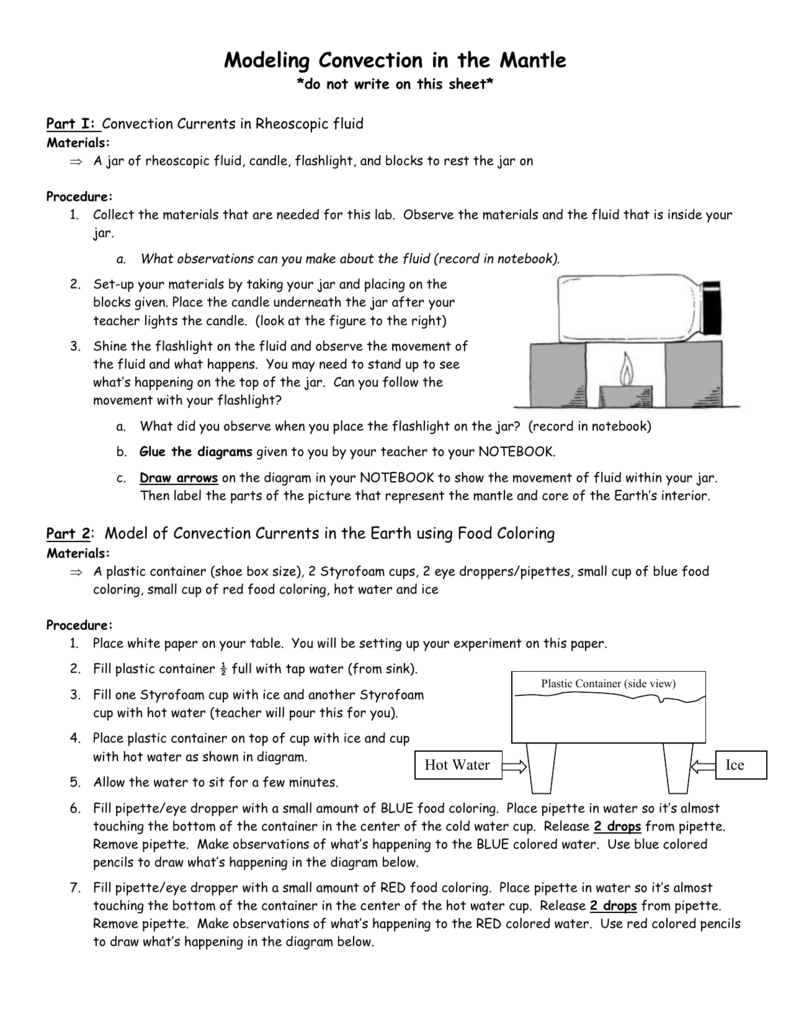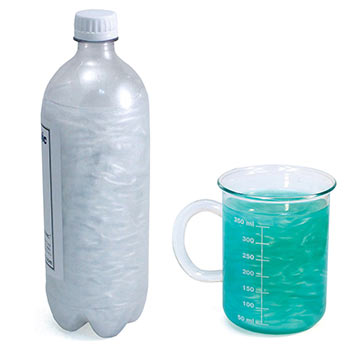
Breaking News
Rheoscopic Fluid Demo
среда 08 апреля admin 76
Rheoscopic Fluid Demo Rating: 8,9/10 3547 votes
Fluid Statics
A von Karman vortex street forms in the wake of a cylinder in shallow channel flow, visualized with a rheoscopic fluid (Pearl Swirl). Nov 14, 2014. 2014, 2014 Team Third, Flow Categories, Flow Vis Techniques, Images, Media, Rheoscopic Fluid, Spiral Vortex View, Vortexes, Wakes, Jets, Shear, z Class & Assignment. The fluid shimmers as it churns, and is called rheoscopic — meaning “current showing.”. The crystals are slightly more dense than water, and will settle to the bottom of the container if left undisturbed. A vigorous spin of the disc will stir up the fluid and the crystals will remain floating for 5 minutes or so.
Archimedes’ Principle and Buoyancy (Version 1)
Newton scale is used to calculate magnitude of the Archimedes’ force on sinking and buoyant balls.
Archimedes’ Principle and Buoyancy (Version 2)
This demo qualitatively shows the Archimedes’ force and buoyancy with pool balls and a hollow sphere on a scale.
Archimedes’ Principle and Buoyancy (Lead Boat)
A boat made form lead floats on water, and sinks when collapsed.
Equilibrium Tubes
Fluid level is independent of shape in these connected tubes of varied shapes.
Helium Balloon Falls in a Vacuum
Balloon floats in a large bell jar, and falls to the bottom when air is evacuated.
Expansion in a Vacuum
A latex balloon or marshmallows are placed in a bell jar and expand when the air is evacuated.
Surface Tension of Liquids
This experiment determines the surface tension of water and ethanol.
Surface Tension Effect on Connected Balloons
Smaller balloon inflates a connected larger balloon due to difference in surface tension.
Fluid Dynamics
Glycerine Machine
The glycerin machine can illustrate laminar fluid flow, “implicate order” related to quantum potential interpretation, and help to discuss reverse entropy. It also works as an analogy for nuclear “spin echo.”
Venturi Tube with Manometer
Air is blown through a glass tube with different diameter sections. A simple manometer shows pressure related to the air speed.
Bernoulli Principle
A ping-pong or a styrofoam ball surprisingly floats in mid-air when supported by an angled air stream.
Dsp-ax763 manual. Styrofoam Ball in Jar
A styrofoam ball, tethered and submerged in water, moves in direction of acceleration.
Viscosity, Stoke’s Equation
Finding viscosity of a liquid by measuring velocity of small balls sinking in the tall tubes, and applying Stoke’s equation. One tube is filled with glycerin and the other with water.
Pythagorean Cup
The Pythagorean or “greedy” cup demonstrates a siphon, created only when a large volume of liquid is poured into the cup.
Heron’s Fountain
Heron’s fountain shows how fluid pressure works in large, interconnected systems. While it may initially appear to be a perpetual motion device, it is not.
Pressure
Hydraulic Lever
Illustrated by two syringes of different diameters connected by a tube. Two spectacular applications are availible.
Magdeburg Hemispheres
A modern version of a 350 year old experiment that demonstrates atmospheric pressure.
Imploding Can
A one-gallon tin can is crushed by atmospheric pressure when water vapor inside condenses.
Water Boiling While Cooling
Hot water inside a flipped sealed flask boils again at a lower temperature when ice is put on its top.
Cartesian Diver
A floater with an air bubble inside floats or sinks in the water-filled cylinder depending on pressure applied on an airtight rubber membrane.
Harbottle
A balloon stays inflated in a glass bottle – without being sealed off!
Bed of Nails
An instructor lies on a bed of nails; another plate with nails and a cinderblock are put on his/her chest. An assistant then breaks the cinderblock on the instructor’s chest with a sledgehammer.
Thermodynamics
Molecular Motion Models
Demonstrates the chaotic motion of molecules at different temperatures.
Boiling Water in a Paper Cup
A paper cup filled with water withstands direct flame of a burner.
Heat Conductivity
Six rods composed of different metals conduct heat at different rates to melt wax and release balls.
Thermal Conductivity: Thermochromic Paint
Compare thermal conductivity of 5 rods with thermochromic paint changing color at 100C
Ice Melting Blocks
Compare the thermal conductivity of two different materials.
- Compound bar (bimetalic strip) — Curls when heated and restraightens when cooled
- Expanding ball and ring — When both at room temperature, the ball fits through the ring. The heated ball will not pass through the ring.
Convection
Two demonstrations are available:
- Convection of air in a small box with a lit candle and a source of smoke.
- Convection in liquids. Ice, heat, and rheoscopic fluid in water cause interesting convection patterns.
Beam of Cold
This demonstration shows the second law of thermodynamics: the heat flow statement.
Radiometer
Four vanes (one side white, one black) suspended on a pin. When light is shined, the apparatus turns in the direction of the white sides of the vanes.
Triple Point of Water
Water boils and freezes simultaneously at room temperature as air is evacuated from a large bell jar.
Palm Glasses
Glasses filled with fluid that boils when warmed in the palm of your hand.
Dippy bird/Drinking bird
Heat engine that runs based on a temperature difference between upper and lower bulbs
Constant Volume Gas Thermometer
Demonstration of the law pt = p0( 1+1/273.15 t ).
Steam Gun
Cork shoots out of cylinder when water inside of it is heated by friction.
Heat Engine/Gas Law Apparatus
A near frictionless piston can be moved up and down by changing the temperature of the air inside. The piston can also lift a small mass, which shows how thermal energy can be transformed into usable work.
Hero’s Engine
Steam shooting out of tubes causes flask to spin around.
Stirling Engine
A working miniature version of the Stirling cycle hot-air engine.

Chain Reaction
Demonstrates a chain reaction with pingpong balls and mousetraps.
Thermobile
Demonstrates how thermal energy can be turned into mechanical energy.
Leidenfrost Effect
Droplets of water hovering on top of brass plates.
Equipment:
- Chimney apparatus
- Candle
- Smoke source
- Lighter
- Cylindrical heater and L shaped tube
- Glass tank
- Water and ice
- Rheoscopic fluid
- Lab jack
- Lamp with shade
- 2 Variac transformers
Demo:
- Convection Box: When a lit candle is placed under one clear chimney and a source of smoke (incense or punk) is placed above the other clear chimney, convection currents can be seen. See top photo.
- Convection in Liquids: This setup (middle photo) is based on a small cylindrical heater attached to the tip of an L-shaped tube and immersed into a square glass tank with a mixture of water and rheoscopic fluid (bottom photo). The tank is resting on the lab jack and illuminated by the table lamp with a deep plastic shade. The heater temperature and lamp brightness can be regulated by variacs.
Adding ice to the tank enhances downflow of the liquid. Switching the heater on (70-80V) forces bulk movement of the liquid up. Ice and heat together cause interesting convection patterns (watch this video to see demonstration).
Explanation:
Convection is heat transfer by mass motion in a fluid. When the fluid it heated and moves away from the heat source it carries heat energy with it. When the fluid heats up it expands and becomes less dense. It then moves towards the more dense and colder fluid, creating convection currents.
- Convection Box: The candle in the right chimney causes hot air to rise. To keep the pressure equalized cold denser air flows in from the left chimney creating a suction that brings smoke with it.
- Convection in Liquids: In this demo you will be able to see convection currents in liquid. The less dense (hot) liquid will rise and the denser (cold) liquid will fall creating circular currents that you will be able to observe.